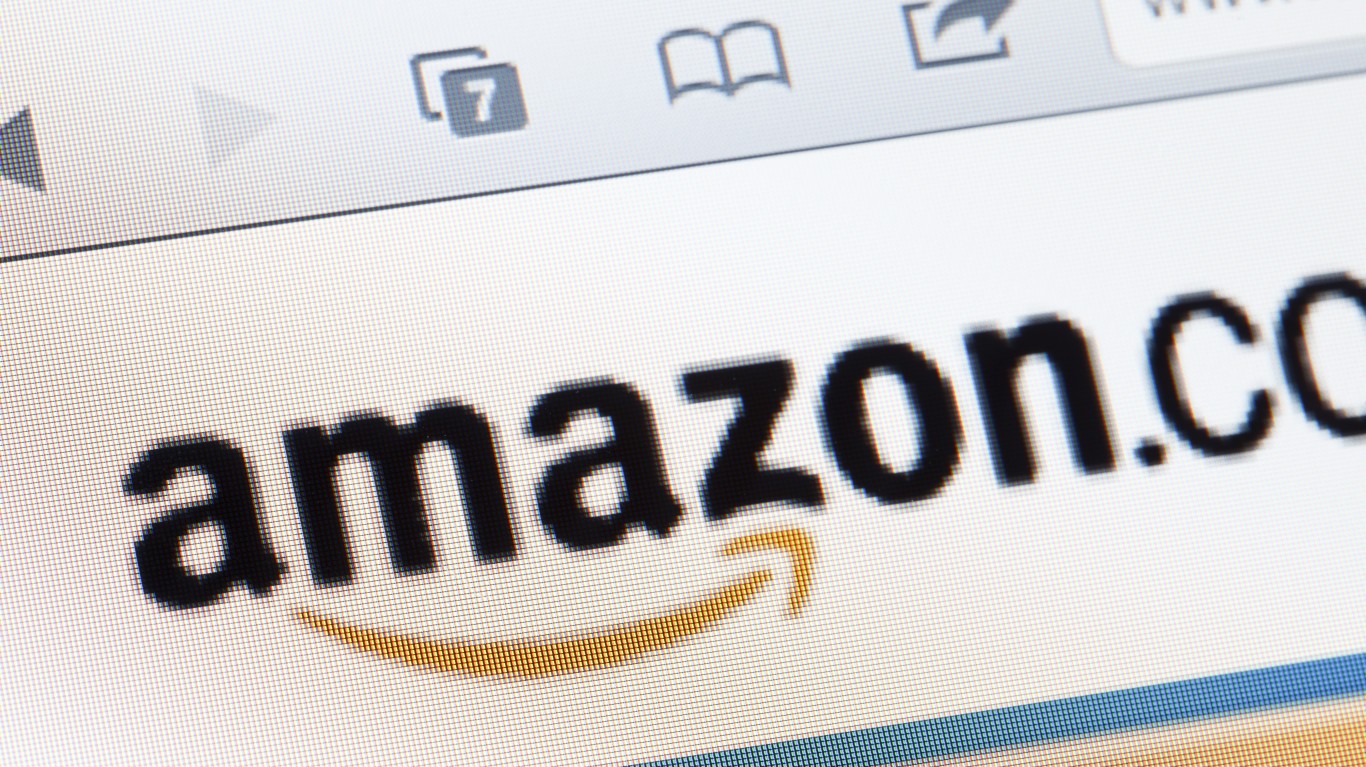
Months ago, news reports surfaced that the Federal Trade Commission would begin an examination of Amazon’s business practices. The question arose whether the federal government thought Amazon.com Inc. (NASDAQ: AMZN) should be broken into pieces.
Investors might want to see the Amazon Web Services (AWS) cloud business spun out, with or without the government’s help. This huge business likely is worth more than the e-commerce or streaming media services. It has faster growing revenue than e-commerce, much better margins, and long-term growth potential.
Amazon is composed of three large segments, so dividing it would not be difficult. The first segment is e-commerce. The second is its own consumer electronics, and the third is AWS. Founder Jeff Bezos grew AWS out of the computer operations the company needed for e-commerce.
Government Doesn’t Like Big Tech
A growing number of politicians believe America’s largest tech companies may be illegal monopolies that prevent competition in the industries they dominate.
Google apparently has come under scrutiny, similar to Amazon. The search giant’s face-off is with the U.S. Department of Justice. Facebook is under scrutiny as well. Would consumers benefit if these companies were made smaller?
A precedent for such actions was set over a century ago. The breakup of John D. Rockefeller’s Standard Oil Trust in 1911 was an early government victory. Rockefeller had a lock on the production, transportation and refining of oil in the United States.
AT&T, which virtually controlled the American telecom market, was broken into pieces at the start of 1984. The government has threatened to do the same with Microsoft. In that case, the two parties reached an agreement in 1994 that limited the way Microsoft operated some of its businesses.
Amazon’s Dominance Today
Amazon dominates the online retail industry in the United States. It has contributed to the decline of brick-and-mortar retail. That has triggered the loss of tens of thousands of American jobs, industry analysts and economists say.
AWS, on the other hand, operates as a business-to-business operation. Its competition is other large cloud computing operations at Microsoft and Google.
E-commerce continues to be Amazon’s largest operation. Amazon posted total revenue of $281 billion in 2019. The North American e-commerce business contributed $171 billion, while the international business added $74 billion.
AWS had revenue of $35 billion in 2019, well above the more than $25 billion posted in the year before.
Amazon’s operating profit in North America e-commerce was $7.0 billion. It lost $1.6 billion outside the United States. AWS made an extraordinary $9.2 billion.
Note that Amazon posted first-quarter 2020 results more recently.
Much of the domestic and international retail revenues are driven by Amazon Prime. Prime is a set of paid subscription services and has well over 100 million members worldwide. Prime’s most significant subscriber benefits are a free video-streaming service and free shipping.
E-commerce overall has benefited from the work-from-home aspect of the COVID-19 pandemic.
Amazon also has a strong consumer electronics business based on artificial intelligence products that consumers use in their homes. It sells computers, e-readers and streaming media hardware. Its Alexa voice-activated software can control home entertainment and communications. Amazon has an estimated 75% of the global smart speaker market.
It is almost certain these same products will enter the business sector. That will create a new business-to-business operation for Amazon.
Why AWS Should Be on Its Own
AWS is popular with Wall Street analysts because cloud computing is growing rapidly, and AWS is growing rapidly too. Last year, AWS margins were 26%, and the growth rate was over 35%.
In some quarters, Amazon’s e-commerce business barely breaks even. And AWS does not have the huge logistics problems e-commerce does. Amazon operates dozens of warehouses and distribution systems around the world. It needs an army of trucks and planes, as well as hundreds of thousands of workers, to move merchandise.
Investors Can’t Complain
Even if high-margin AWS is not spun out, investors have reason to be happy. Amazon shares have outperformed the stock market this year. Amazon shares are up 29% year to date. The S&P 500 is down 12% and the Dow Jones industrial average is off 17% in that time.
Amazon is worth more than the sum of its parts. Recently, however, the sum has done just fine.
Thank you for reading! Have some feedback for us?
Contact the 24/7 Wall St. editorial team.





